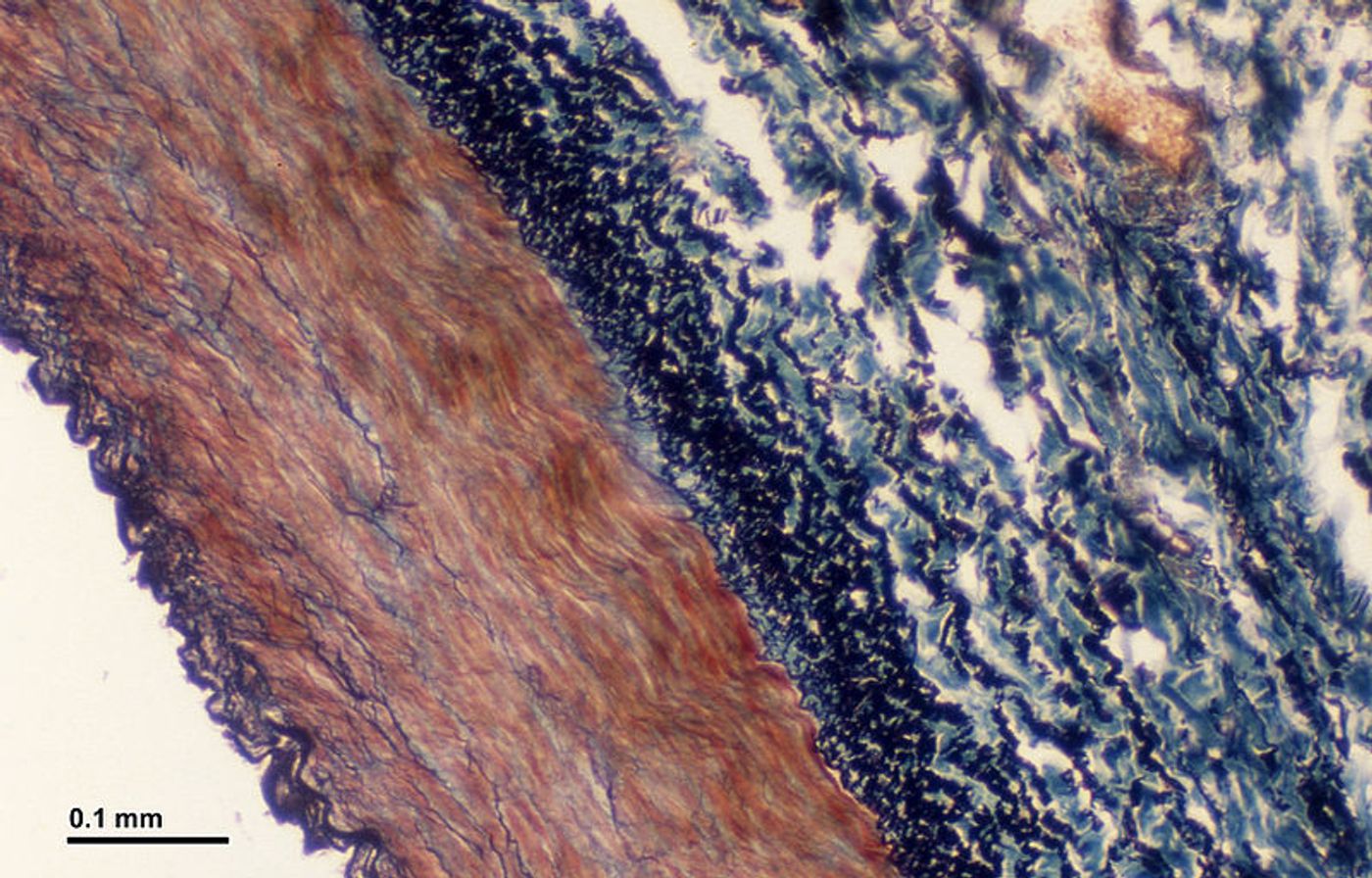Newly Discovered Gene Helps Blood Vessels Grow
Many types of heart disease and stroke stem from a poor supply of blood to important tissues and organs. A new discovery from St. Michael’s Hospital underscores a way to make up for this deficiency. Scientists introduce a new gene: STEEL.
STEEL stands for "spliced-transcript endothelial-enriched long non-coding RNA.” This is a highly technical term that essentially means that STEEL is a type of gene called a long non-coding RNA (lncRNA) that is uniquely enriched with endothelial cells, which line the inside of blood vessels. A population of endothelial cells makes up a protective layer called the endothelium, which exist from the largest arteries and veins to the smallest capillaries.
Researchers were studying lncRNAs when they made the STEEL discovery. lncRNAs are a large and diverse type of RNA, a type of genetic material found in every cell in the body. For a long time, scientists believed RNA’s only role was to bring information from genes to DNA to make proteins. This is an RNA role, but it’s not their only role. As scientists learn more and more about lncRNAs, they learn that RNAs are also involved in determining the function fulfilled by individual cells in an organism.
The study’s purpose was to evaluate and pinpoint specific lncRNAs that are more enriched with endothelial cells than other cell types. When they identify the right lncRNAs they plan to make the information available for other researchers to use, for scientists also studying blood vessels or for those who are just studying lncRNAs in general. While there are several specialized lncRNA databases, lncRNA research is still in its infancy.
Compared to other lncRNAs, they found that STEEL most effectively sensed inadequate blood flow in extremely small blood vessels. Even more, STEEL helps the body respond to the deficiency by triggering the growth of more blood vessels, a process called angiogenesis.
"These results show that our bodies are really finely tuned to perform, just as we need them to, and also demonstrate that disruptions to this fine balance can cause problems,” explained co-lead scientist Dr. Jeffrey Man from St. Michael’s Hospital. “This data can be used to improve our understanding of blood vessel diseases and help us find ways to improve healing and recovery after injury."
The present study was published in the journal Proceedings of the National Academy of the Sciences.
Sources: Exiqon, Molecular Biology of the Cell, 4th edition, St. Michael’s Hospita









